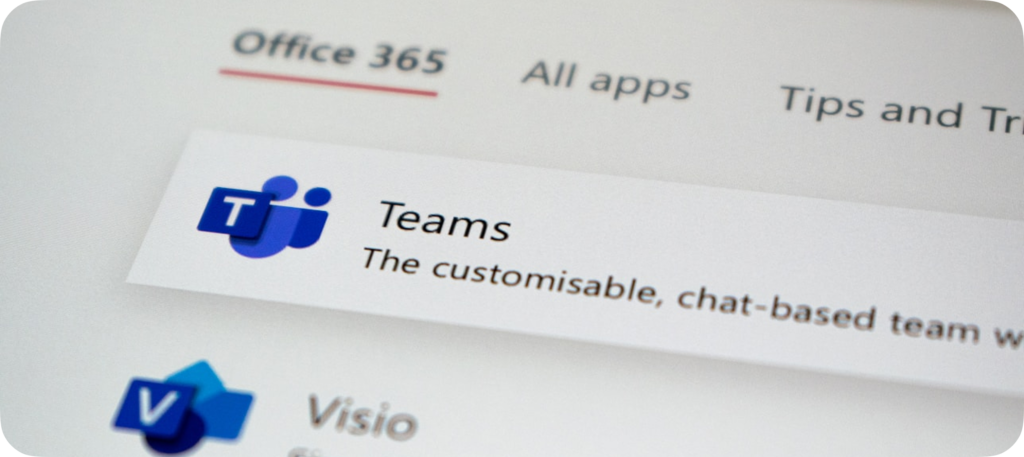🌍 The New Normal: Remote Work Is Here to Stay
The remote revolution is no longer a temporary shift — it’s a permanent evolution. Whether you’re managing a fully distributed team or adopting a hybrid model, streamlining operations is essential to stay competitive.
But here’s the challenge:
How do you keep everyone aligned, engaged, and productive — without micromanaging?
In this article, we’ll explore the most effective tools and battle-tested practices that successful remote teams use to thrive.
🛠️ Best Tools for Remote Team Efficiency
📅 1. Task & Project Management: ClickUp, Trello, or Asana
These platforms help manage sprints, track task ownership, and keep projects transparent.
Pro Tip:
Create “Team Dashboards” in ClickUp to visualize weekly workload, deadlines, and progress.
💬 2. Communication: Slack + Loom
- Use Slack for real-time team channels, daily check-ins, and async updates.
- Use Loom to record video explanations for onboarding, project briefs, or feedback.
Bonus: Set up Slack integrations with Google Calendar, GitHub, and Notion to centralize notifications.
🗃️ 3. Knowledge Base: Notion
Create a company wiki with:
- Onboarding guides
- SOPs
- Team directories
- Meeting notes
“Notion is the digital brain of our company” — Anna Watkins, Head of Ops at a 100% remote SaaS startup.
🔐 4. Time & Attendance: Clockify, Hubstaff
Track hours, productivity trends, and help balance workload.
These are especially useful if you’re:
- Managing freelancers
- Working across multiple time zones
- Billing hourly clients
✅ Best Practices for Remote Team Success
🧭 1. Establish Clear Expectations
From Day 1, define:
- Working hours (even for async setups)
- Communication norms (e.g., Slack = urgent, Email = async)
- Meeting cadence
Create a Remote Team Handbook that outlines all this clearly.
🔄 2. Run Effective Stand-Ups & Weekly Syncs
Keep team rituals alive:
- Daily stand-ups (async or live)
- Monday planning & Friday retros
- Monthly strategy check-ins
Try using tools like Geekbot for Slack-based async standups.
📊 3. Measure Output, Not Hours
Instead of monitoring activity logs, focus on results:
- Are deadlines met?
- Is the quality high?
- Is collaboration smooth?
This empowers trust and autonomy — essential for remote culture.
🧠 4. Encourage Deep Work & Focus Time
Avoid “Zoom fatigue” and back-to-back calls.
- Block “focus hours” on the team calendar.
- Encourage use of tools like Serene or Flow to minimize distractions.
❤️ 5. Don’t Forget Team Culture
Remote doesn’t mean disconnected.
- Hold virtual happy hours or game nights.
- Celebrate birthdays and wins.
- Use tools like Donut to randomly pair teammates for casual chats.
“Culture is the glue that holds remote teams together.” — Darren Murph, Head of Remote at GitLab
🎯 Final Thoughts: Work Smarter, Not Harder
Streamlining your remote team is not just about tools — it’s about intentional design of how you work.
Start with the basics:
- Align your tech stack.
- Define your workflows.
- Communicate with clarity.
With the right foundation, your remote team can operate like a high-performing, location-independent machine.
📚 Further Reading & Resources:
- GitLab’s Remote Work Guide
- Zapier’s Remote Work Playbook
- Remote Work Best Practices (Harvard Business Review)
Let me know if you’d like this version exported as a Word doc, JSON for Elementor, or if you want to add a “Related Posts” section or email signup CTA.




